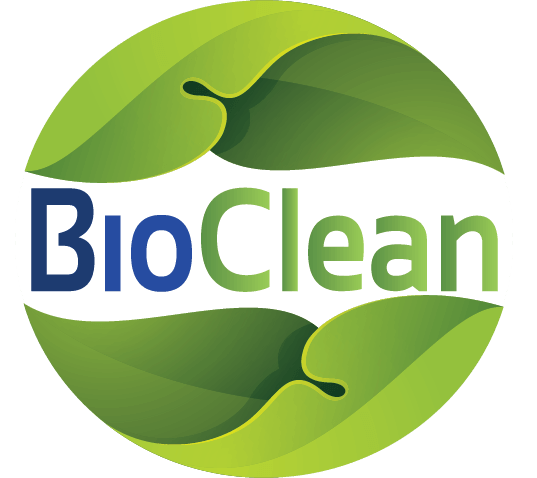How to Get Rid of Black Mold
Black mold is one of the most feared types of mold found in homes—and for good reason. It’s often associated with health concerns, structural damage, and costly repairs. Fortunately, while the color of the mold may seem more alarming, black mold is not inherently more dangerous than other mold types. Regardless of the type, any mold in your home poses risks and needs to be addressed quickly and thoroughly.
What Is Black Mold?
Black mold typically refers to Stachybotrys chartarum, a dark green or black fungus that thrives in damp, humid environments. It grows on materials with high cellulose content such as drywall, wood, carpet, and insulation—especially if these materials have been wet for an extended period due to leaks, flooding, or poor ventilation. Despite its reputation, black mold is just one of many types of toxic molds that can harm your home and health. It’s important not to downplay any mold problem simply because it doesn’t look black.
How Do I Know If I Have Mold in My Home?
Spotting mold can be tricky, especially if it’s growing behind walls or under flooring. Here are the most common signs homeowners experience before discovering a mold problem:
1. Visible Mold Growth
This is the most obvious sign. If you see dark, fuzzy, or slimy patches on walls, ceilings, or around windows, it's likely mold—and what you see is often just the tip of the iceberg. Mold can grow behind drywall or beneath flooring, and by the time it becomes visible, it may have already spread extensively.
2. Musty Odors
A musty or earthy smell is often the first sign of hidden mold. Trust your senses—if a certain area of your home consistently smells damp or moldy, there’s likely mold growing out of sight.
3. Health Symptoms
If you or your family members are experiencing unexplained health symptoms, especially in certain rooms, mold may be the cause. Symptoms can include:
- Sneezing and coughing
- Skin and eye irritation
- Nasal congestion
- Worsening asthma
- Headaches or fatigue
4. Professional Mold Inspection
The most reliable way to detect mold—especially hidden mold—is to hire a professional mold inspector. They use tools like:
- Moisture meters to find damp spots behind walls or floors
- Infrared cameras to detect heat anomalies that may indicate water damage
- Air quality tests to measure mold spore levels
A thorough inspection can identify the type, location, and severity of the infestation—so you know exactly what you're dealing with.
What Should I Do If I Have Mold?
Once you suspect or confirm mold in your home, do not delay. Mold can spread quickly, especially in moist conditions. And while DIY mold removal products may temporarily mask the problem, they usually fail to resolve it fully—especially when the root moisture issue is not addressed.
What Is Mold Remediation?
Mold remediation is the industry-standard process for completely eliminating mold from your home and preventing it from coming back. It includes:
1. Mold Containment
The area is sealed off using plastic sheeting and negative air pressure machines to prevent spores from spreading during removal.
2. Safe Mold Removal
Professionals use HEPA vacuums, antimicrobial treatments, and manual scrubbing to remove all traces of mold from affected surfaces. If necessary, mold-damaged materials like drywall or insulation may be safely removed and replaced.
3. Air Filtration
High-efficiency filters are used to capture mold spores in the air, restoring healthy indoor air quality.
4. Moisture Control and Source Repair
Professionals don’t just remove the mold—they also identify the source of moisture, such as leaks, condensation, or poor ventilation. Fixing this ensures the mold won’t return.
Why You Should Call a Professional Mold Remediation Company
Mold removal is not a DIY job, especially when it comes to black mold or mold in hidden areas. Here’s why hiring professionals is the right choice:
- They ensure complete mold removal—not just surface-level cleaning.
- They follow industry safety protocols to protect your home and your health.
- They address the root cause to prevent recurring mold growth.
- They use commercial-grade equipment unavailable to most homeowners.
Attempting to handle mold yourself can be dangerous and ineffective, especially if you lack the proper tools and protective gear.
BioClean Can Help
At BioClean, we are experts in mold inspection and mold remediation, with years of hands-on experience safely removing black mold and other toxic molds from residential and commercial properties. Our certified team uses advanced detection tools, safe remediation methods, and targeted moisture control strategies to eliminate mold at the source. We offer free mold inspections to help you understand the extent of the problem and develop a customized solution. Don’t wait for mold to compromise your health or damage your home—contact BioClean today and let us help you create a cleaner, safer living environment.
